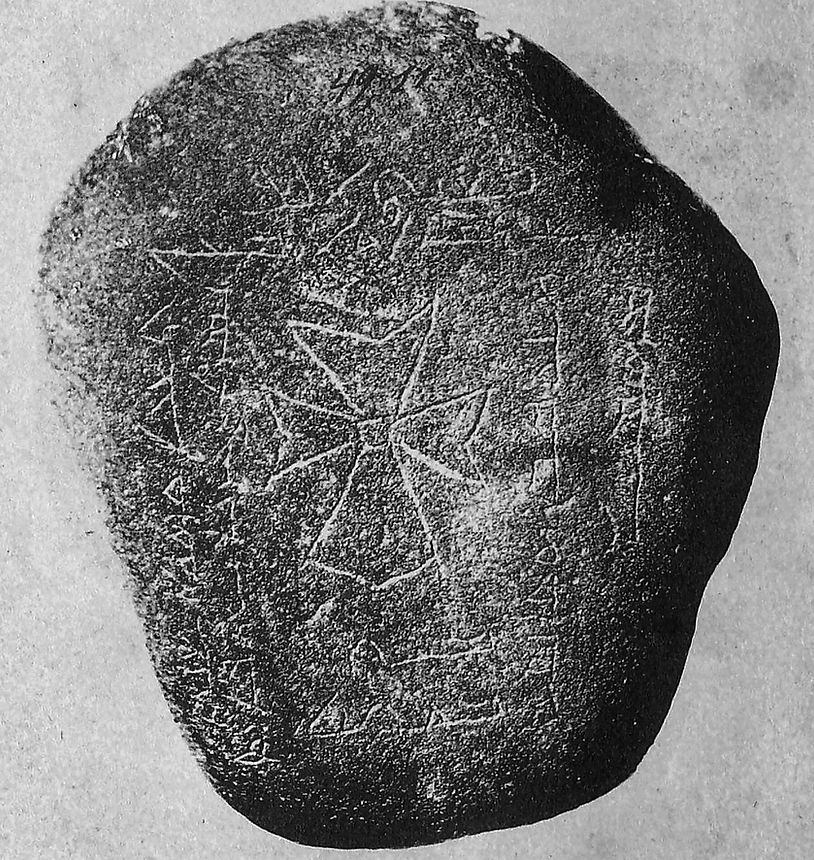By: Michelle Yao
Researchers have found where and when Black Death began by some shards of bacterial DNA from dead bodies in a cemetery.
The question has been haunting us for centuries: Where and when did the black death originate? This question has led to heated debates among historians.
Finally, a group of researchers has found the answer in the mush of teeth from people buried in the 14th century.
Based on the DNA analysis, researchers claim that Black Death originated in 1338 or 1339 near Issyk-Kul, a lake in an area just west of China in Kyrgyzstan. It started out infecting a small settlement of traders. Then, eight years later, it spread to Eurasia and took away around 60 percent of its population.
When historians tracked down the pandemic’s path, they discovered that it originated in China or near the western border of China and infected traders. The traders then passed it along to other people along the trade routes into Europe, Africa, and the Middle East.
Black Death, which is named after the black spots on the infected person’s body, is caused by a bacterium, Yersinia pestis. It is spread by fleas living on rodents. Black Death still exists today and is curable. However, it is scarce because of better hygiene nowadays.
According to Mary Fissell, a medical historian at John Hopkins University, the 14th century had the second largest Y. pestis pandemic, after the Plague of Justinian in the sixth century. The Black Death, however, is still regarded as one of the worst and best known plagues in human history.
However, Monica H. Green, a medical historian, and independent scholar brought up that historians would never be able to answer the question they promoted: Was it actually Yersinia pestis that caused this massive pandemic?
“We hit a wall. We are historians and we deal with documents,” Dr. Green said.
She recalled meeting a paleopathologist who was researching leprosy, which leaves visible markings on skeletons, 20 years ago.
She questioned him, “When will you do plague?” The paleopathologist retorted that because plague swiftly killed its victims and left no evidence on bone, it was impossible to examine.
That issue has already been resolved.
The hunt for the plague’s origins is “like a detective novel,” according to Dr. Fissell. “They now have very good proof of the crime scene.”
The hunt lasted more than a decade until the current study’s authors stunned archaeologists with their discovery of plague bacterium DNA in skeletal teeth.
The London plague victims were the subject of that investigation.
Because 14th-century Londoners anticipated the Black Death, they built a graveyard to prepare for its victims. A crew that studied plague fatalities in Kyrgyzstan discovered hundreds of gravestones that were correctly dated. Inscriptions in Syriac, an ancient language, said that the individual died of “pestilence.”
“Stay tuned,” Dr. Green said. She added that she expected that more evidence might emerge.
“For now,” she said, “the detective work has nailed down an important clue.”
“The work,” she added, “puts a pin on the map, with a date.”











